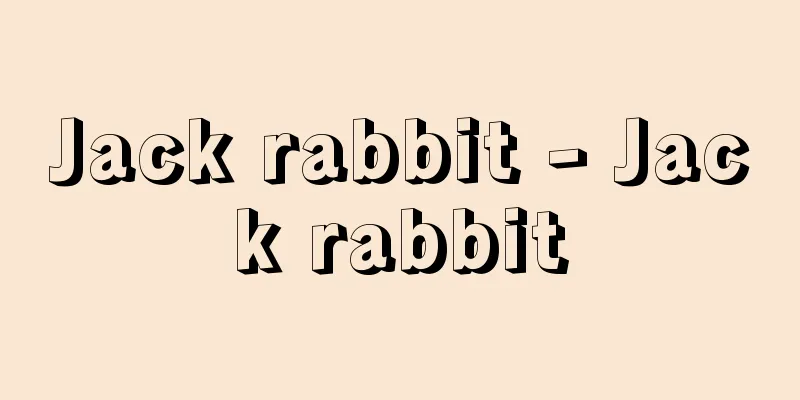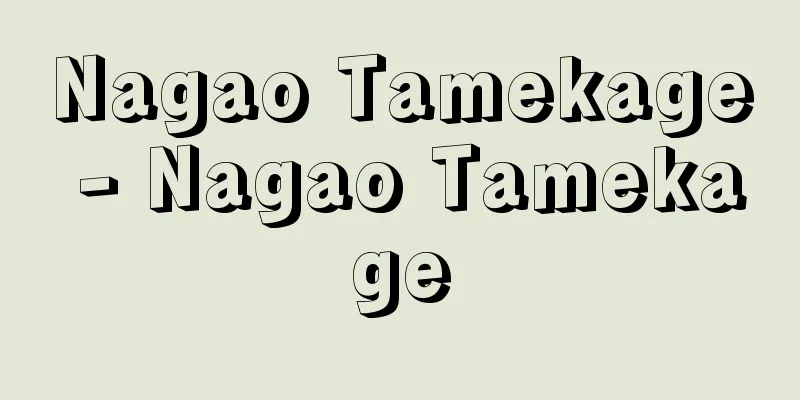Wood carving

|
An abbreviation of wooden sculpture, the opposite of tusk carving. The majority of sculptures in Japan are wooden, which makes good use of the characteristics of the wood and there are many different types. During the Asuka period, camphor was used almost exclusively, with red pine being used for special cases (such as the Maitreya Bodhisattva statue at Koryuji Temple). There was little wooden carving in the Nara period, but in the Heian period, wood carving became mainstream and cypress was mainly used. Kiri wood was mainly used for gigaku masks in the Nara period and bugaku masks in the Heian period, probably because they needed to be light. Recently, hobby-based woodcarving is called "woodcarving" and is distinguished from professional woodcarving. After the Second World War, due to the destruction and shortage of materials and the loss of men, women tried woodcarving as both a practical and a hobby, and recently it has come to be taught as a handicraft, with "woodcarving classes" being set up all over the country. [Okato Sadaharu] Wood carvingTo begin woodcarving, one must first choose the wood to use as the material. To do this, one must carefully consider whether one is going to create a practical item or an ornamental piece before selecting the wood. The quality of the wood will also differ depending on whether one is going to carve a flat item such as a tray or a three-dimensional statue or pipe. Next, there are several methods for inking a design onto the wood, including (1) designing directly onto the wood, (2) printing using a stencil, and (3) using carbon paper. Different tools are used for carving, such as swords and jigsaws, depending on whether the work is flat or three-dimensional. Finishing techniques range from simple one-stroke carving that brings out the natural character of the wood, to lacquer, urushi, pigments, and more recently luminous paints, which are used for brilliantly colored works such as the Yomeimon Gate at Nikko Toshogu Shrine. There are many different types of plywood available as a material, and research into finishing machines has led to their release. Ultimately, the secret to producing a good work of art is to first have ideas, secondly, good taste, and thirdly, skill, and to carry out each step carefully. [Mitsuo Akiyama] Source: Shogakukan Encyclopedia Nipponica About Encyclopedia Nipponica Information | Legend |
|
木造彫刻の略で、牙彫(げちょう)などに対する語。日本の彫刻の大部分は木彫で、材の特性をよく生かし、その種類も非常に多い。飛鳥(あすか)時代にはほとんどクスノキが用いられ、特殊なものにアカマツ(広隆寺弥勒菩薩(みろくぼさつ)像)などが用いられた。奈良時代には木彫は少ないが、平安時代に入って、木彫が主流になりヒノキがおもに用いられた。奈良時代の伎楽(ぎがく)面、平安時代の舞楽面にはキリがおもに用いられたが、これは軽さを必要としたためであろう。 近来行われる趣味的制作は、「木彫り」とよび、専門家の木彫と区別している。第二次世界大戦後、物資の破壊と不足、男手の喪失から、婦人が実用と趣味とから木彫りを試み、最近は手芸として、各地に「木彫り教室」が設けられるに至った。 [岡登貞治] 木彫り木彫りを始めるには、まず素材とする木を選ばなければならない。そのために、実用品をつくるのか、鑑賞品をつくるのか、よく考えて、木を選ぶことである。また、平面的な盆のようなものをつくるのか、立体的な立像、パイプなどのようなものを彫るのかによっても木の質が違ってくる。次に、図案を木につけるには、〔1〕直接木にデザインする方法、〔2〕型紙を使った捺染(なっせん)法、〔3〕カーボン紙を使う方法、などがある。 彫りに使う用具も、平面か立体かで、それぞれ違う刀や糸鋸(いとのこぎり)を使う。仕上げには、木の材質そのものの味を生かす一刀彫りのような素朴なものから、日光東照宮の陽明門のような極彩色のものなどに使う、ラッカー、漆、顔料、最近では夜光塗料などまである。素材にも、合板材が種々出回り、仕上げ機も研究が進み発売されている。結局、一にアイデア、二にセンス、三に技術と、一つ一つ慎重に行うことが、よい作品を生むこつである。 [秋山光男] 出典 小学館 日本大百科全書(ニッポニカ)日本大百科全書(ニッポニカ)について 情報 | 凡例 |
Recommend
Forehead - Forehead
A name for a part of the forehead. It was only aft...
Nori
Nutrition and Function There are many types of no...
Standard salary - Kijunkyu
…It is also called standard wage. Japanese wages ...
Pityrogramma chrysophylla (English spelling) Pityrogrammachrysophylla
…[Shigeyuki Mitsuda]. … *Some of the terminology ...
Tulipa fosteriana (English spelling)
…[Hiroshi Aramata]. … *Some of the terminology th...
Karma Meemānsā - Karma Meemānsā
...The hermeneutical and systematic study of the ...
Caramel sauce
A confectionery sauce made by adding sugar to a sm...
Clock Glass - Tokeizara
A glass dish used in chemical and biological exper...
Latch needle
…The first knitting machine was a foot-operated s...
Phasianus soemmerringii subrufus (English spelling)
…[Ryozo Kakizawa]. … *Some of the terminology tha...
Information industry paper - Information industry paper
A general term for paper used as an information in...
Asco Finetia - Asco Finetia
... Ascocentrum was once classified as part of th...
Spittle insect
...The bubbles of the larvae are very conspicuous...
Chianti - Chianti
<br /> Chianti. ⇒Chianti Source: Kodansha Dr...
Accounts receivable purchasing business - Urikkakesaikenkaitorigyom
...The business of purchasing accounts receivable...









